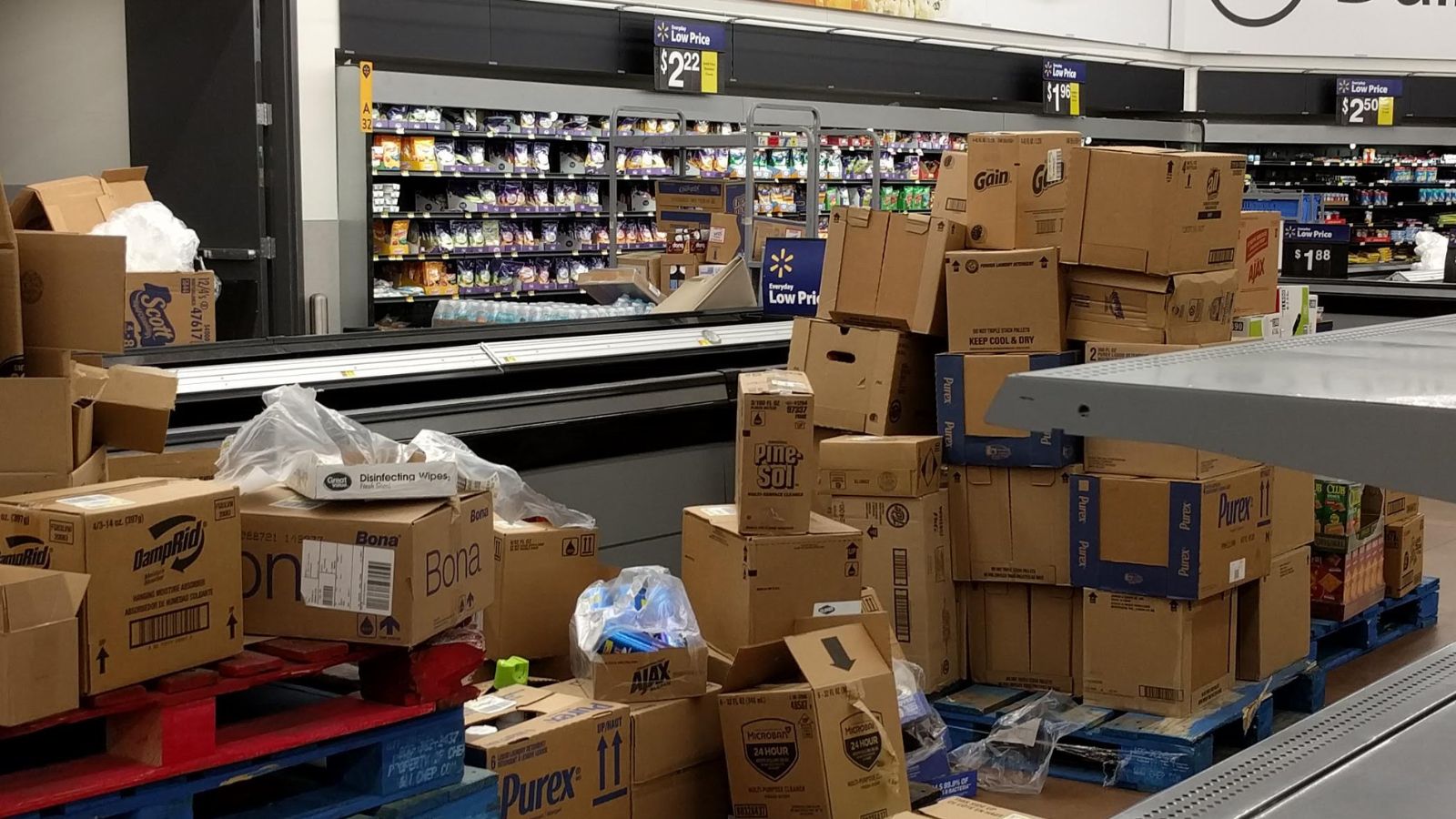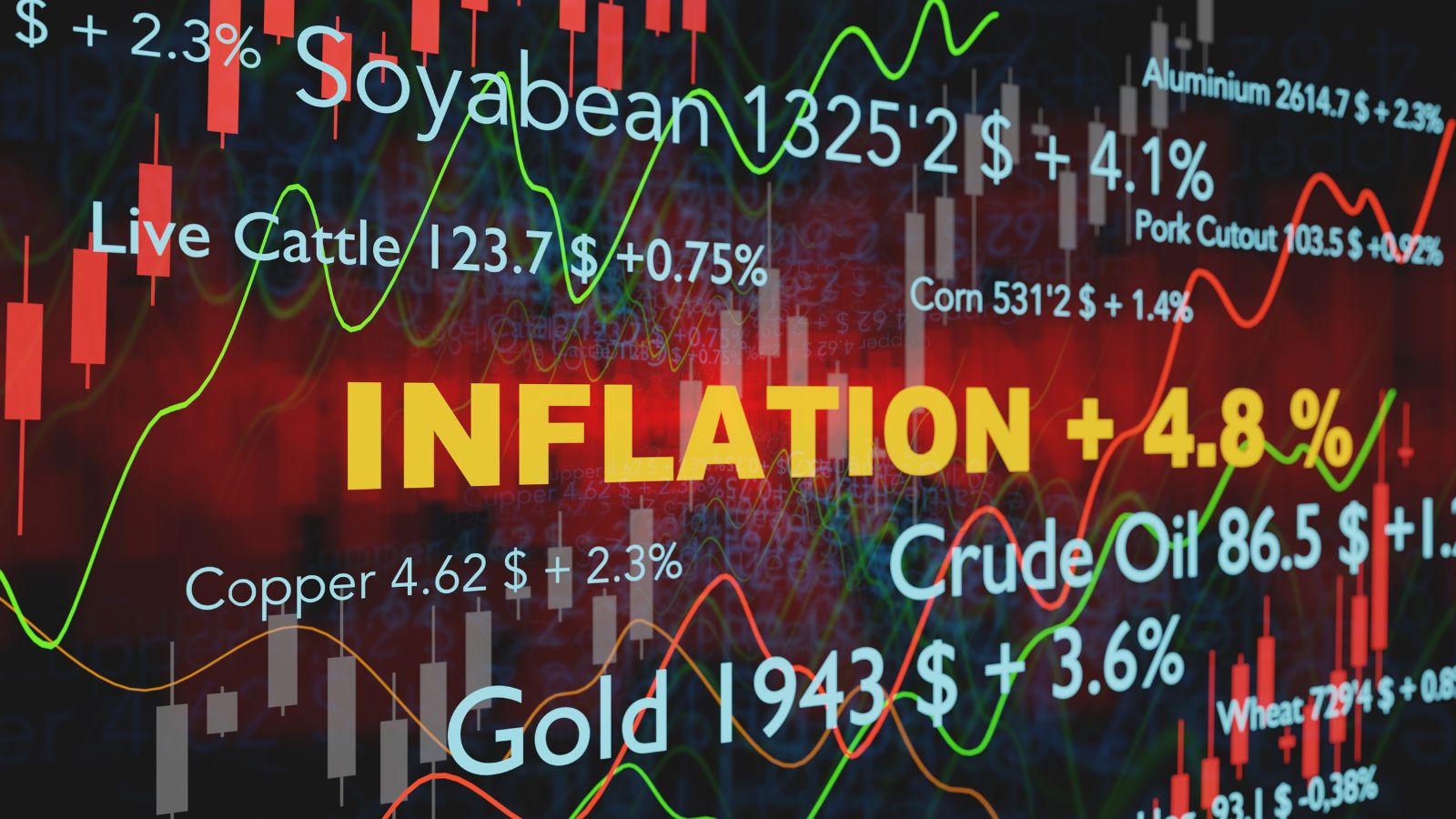In today’s globalized economy, trade policies reverberate far beyond boardrooms and government halls. Tariffs, a tool often used to protect domestic industries or to leverage political negotiations, have now become a significant driver of everyday expenses for Canadian households. In recent years, heightened tariff measures—both imposed by foreign policies and retaliatory measures—have created ripples that impact everything from the price of your morning coffee to the cost of a new car. In this article, we explore 20 shocking ways tariffs are increasing the cost of living in Canada, shedding light on the complex mechanisms behind these rising prices and how they affect various sectors of the economy.
Your Grocery Bill Is Higher

Have you ever wondered why a bag of apples or a bunch of bananas costs more than it used to? Tariffs on imported food, such as fruits, vegetables, dairy, and meat, play a significant role in this increase. When the government imposes these additional taxes, foreign producers are forced to raise their prices. Ultimately, this extra cost gets passed on to consumers, making families pay more for their everyday meals.
Everyday Household Items Aren’t Cheaper, Either

It’s not just food. Think about those comfy curtains, stylish carpets, or your favorite throw pillows. Many of these household staples are imported, and tariffs on textiles mean that retailers are forced to charge more. This may seem trivial, but over time, it adds up—especially for those trying to make every dollar count.
Tech Gadgets Come with a Premium

Technology is an essential part of our lives, and many of our gadgets come from overseas. Whether it’s a new smartphone or a flat-screen TV, tariffs on imported electronics mean that companies must cover higher costs. So, when you’re shopping for the latest tech, you might find that the price tag has jumped, making it a tougher decision to upgrade.
Cars and Car Repairs Get Pricier

If you’ve ever looked at the sticker price on a new car or noticed that auto repairs are getting more expensive, tariffs might be to blame. Modern vehicles rely on a complex network of parts from around the globe. When tariffs hit these components, production costs go up—and ultimately, that extra expense is passed on to you when you buy or repair a car.
Energy Bills Are on the Rise

Tariffs also impact monthly energy expenses. Taxes on energy goods and the machinery used in their production can increase fuel and energy costs. Whether heating your home or fueling your vehicle, these extra costs can significantly strain household finances.
Home Construction Costs More

For anyone dreaming of building or renovating a home, there’s more to consider than design and location. Tariffs on essential construction materials like steel, aluminum, and lumber push up the overall cost of building. This means that not only are new homes more expensive, but renovations and repairs also cost more—making homeownership even more challenging.
Chaotic Supply Chains

Although you may not witness the daily operations of worldwide supply chains, their effects become apparent when prices spike without warning. Tariffs compel businesses to reconsider their sourcing strategies and locations for materials. These changes can result in delays, inefficiencies, and increased operational expenses—all of which ultimately contribute to the cost of the products you purchase.
Small Businesses Feel the Pinch

Small business owners often work on razor-thin margins. When tariffs increase the cost of imported raw materials, these businesses are forced into a difficult position: absorb the costs or pass them on to customers. Either way, it means higher prices for local goods and services and sometimes even tougher competition that could lead to layoffs or closures.
Inflation Isn’t Just a Number

When discussing inflation, it’s not merely an economic statistic—it’s a tangible feeling in your wallet. Tariffs contribute to an overall increase in the cost of living by raising the prices of everyday items. Over time, this erodes your purchasing power, meaning that the same amount of money buys you less than it used to. For many families, this is a real, tangible pain.
A Weakening Loonie Makes Imports Even More Expensive

Sometimes, tariffs have a domino effect. Retaliatory measures from other countries can cause the Canadian dollar to weaken. A depreciated loonie means that imported goods become even more expensive. Therefore, when purchasing items from abroad, you’re responsible for the tariff and must consider the increased expense associated with a declining currency.
Borrowing Costs Could Go Up, Too

If inflation starts to climb because of tariffs, the Bank of Canada might be forced to raise interest rates to keep things in check. While this might sound like a technical fix, it has real-world implications: higher interest rates mean that loans—whether for homes, cars, or even small business ventures—become more expensive. For many Canadians, this translates into tighter budgets and more financial stress.
Fewer Choices in Luxury Items

Tariffs don’t just hit necessities; they can affect the luxury goods you enjoy as well. Higher duties on imported high-end products often lead to a reduction in the variety available. If you love having a range of luxury options—from designer handbags to high-tech gadgets—you might find that choices become limited, and the available items come with a steeper price tag.
Your Wardrobe May Cost More

Even the clothes you wear aren’t immune. Many textiles and fabrics are imported, and tariffs on these materials mean that the cost of producing apparel goes up. Whether shopping for everyday wear or something special for an event, you might notice that your favorite brands or styles have become more expensive over time.
Medications Could Get Pricier

Healthcare is a major concern for everyone, and tariffs on imported chemicals or raw materials used in pharmaceuticals can increase the cost of medications. For patients who rely on regular treatments, these increases can be both financially and physically taxing, particularly when affordable healthcare is already a struggle for many.
Less Competition Means Higher Prices

One of the original goals of imposing tariffs is to protect domestic industries. However, when these measures limit competition, domestic companies might feel less pressure to keep their prices low. Without the push from international competitors, there’s a risk that prices will stay artificially high, and consumers will have fewer choices.
Job Losses in Key Industries

It might seem counterintuitive, but sometimes tariffs designed to protect jobs can end up hurting them instead. When Canadian companies lose their competitive edge abroad because of tariffs, they may be forced to downsize or close operations. Fewer jobs mean lower household incomes, affecting consumer spending and the economy.
Higher Costs Across the Board for Manufacturers

For manufacturers, tariffs on imported raw materials and intermediate goods mean that production costs are on the rise. This isn’t just about higher factory bills; it means that everything from your favorite household gadgets to everyday clothing could end up costing more. As manufacturers try to cover these extra costs, the price hike eventually reaches the consumer.
Protected Sectors Feel the Squeeze

Canada’s supply management system in dairy and poultry was designed to stabilize prices and support local farmers. However, even these sectors aren’t completely insulated from the effects of tariffs. When additional duties are placed on things like imported feed or equipment, farmers face higher costs, which can lead to even higher prices for milk, cheese, and poultry products.
Services Aren’t Left Out

It’s easy to think tariffs only affect tangible products, but they also impact services. Many service industries—restaurants, hotels, and even professional services—rely on imported ingredients or equipment. When tariffs push these costs up, service providers often have no choice but to raise their prices, meaning that a night out or a business consultation might come with a higher bill than before.
A Slowing Economy Affects Us All

Perhaps the most far-reaching impact of tariffs is the broader economic slowdown they can trigger. When prices rise across the board, consumers have less disposable income. This reduced spending can hurt businesses, leading to lower growth and, in some cases, increased unemployment. It’s a cycle that can have a serious impact on everyone’s quality of life—making the cost of living even higher and putting additional stress on households already struggling to make ends meet.
Conclusion

In today’s interconnected world, trade barriers not only increase the cost of imported goods but also trigger a chain reaction of price hikes and economic inefficiencies. The weakened Canadian dollar, higher production costs, and the resultant inflation are a stark reminder of how policy decisions on the global stage can impact local living standards.
25 Countries Predicted to Become Economic Superpowers in the Next 20 Years

The strength of an economy plays a crucial role in various international policies about trade and relations. Certain factors determine the strength of an economy, including population growth, availability of resources, and development and advancement. Here are 25 countries predicted to become economic superpowers in the next 20 years
25 Countries Predicted to Become Economic Superpowers in the Next 20 Years
